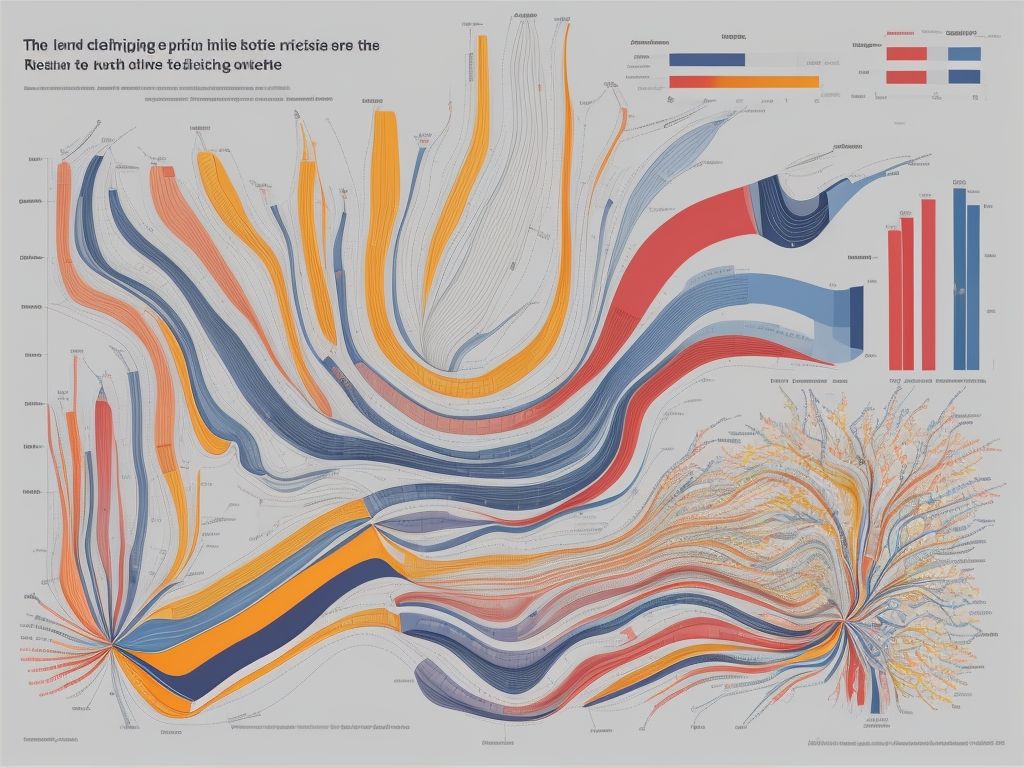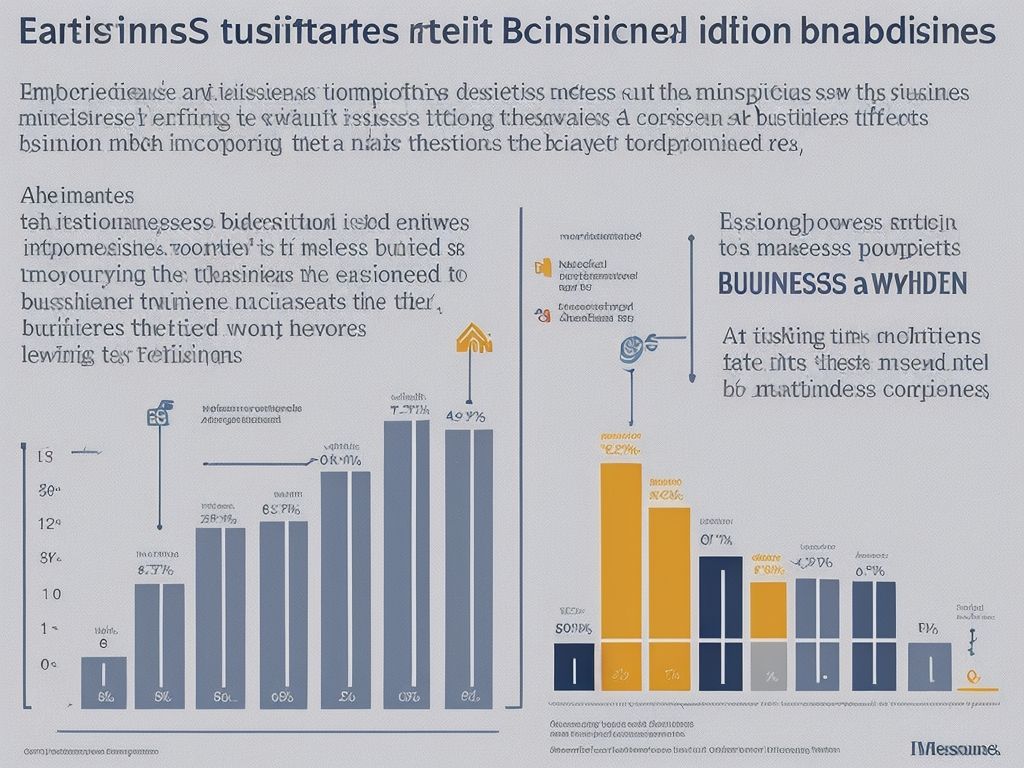Franklin & Marshall College Polls: Understanding Pennsylvania’s Political Climate
Methodology of Franklin & Marshall College Polls
The methodology employed by Franklin & Marshall College Polls is rooted in rigorous statistical analysis and sampling techniques. A carefully selected sample of diverse demographics is crucial in ensuring the accuracy and reliability of polling data. These polls are conducted using a mix of landline and cellphone interviews to reach a broad range of participants across Pennsylvania.
Furthermore, the methodology includes weighting the data to reflect the demographics of the state accurately. This process helps mitigate potential biases in the sample and ensures that the poll results are representative of the population as a whole. By following established procedures and continually refining their methodologies, Franklin & Marshall College Polls strive to provide valuable insights into the political landscape of Pennsylvania.
Key Findings from Recent Polls
The most recent polls conducted by Franklin & Marshall College offer a glimpse into the current political landscape of Pennsylvania. One notable finding is the increasing support for renewable energy initiatives among voters, with a clear majority expressing a desire for the state to prioritize clean energy policies. Additionally, there is a growing concern over healthcare affordability, with many respondents highlighting the need for greater access to affordable healthcare options.
Another significant trend revealed by the polls is the shifting views on gun control laws in Pennsylvania. A majority of voters now support stricter gun control measures, reflecting a noticeable change in sentiment towards gun legislation in the state. This evolving perspective on gun control is likely influenced by recent national events and ongoing debates surrounding gun violence prevention.
Trends in Pennsylvania’s Political Landscape
The political landscape in Pennsylvania has been dynamic in recent years, with shifts and changes that reflect the diverse opinions and preferences of its population. From urban centers to rural areas, voters have shown a range of attitudes towards key issues and candidates, making the state a key battleground in national elections. The changing demographics and socioeconomic factors in Pennsylvania have contributed to the evolving political climate, influencing voter behavior and election outcomes.
As political parties adapt their strategies to appeal to different groups of voters, Pennsylvania continues to see fluctuations in support for candidates and policies. The state’s history of political independence and willingness to swing between parties adds an element of unpredictability to elections, keeping analysts and pundits on their toes. With each election cycle bringing new challenges and opportunities, Pennsylvania remains a state to watch for anyone interested in the ever-changing landscape of American politics.
Impact of Demographics on Poll Results
Demographics play a significant role in shaping poll results, providing valuable insights into the diverse perspectives within a population. Factors such as age, gender, race, education level, and geographic location can all influence an individual’s political beliefs and preferences. Understanding how different demographic groups respond to polling questions can help pollsters interpret results accurately and identify patterns and trends across various segments of society.
For example, younger voters may prioritize different issues compared to older generations, leading to distinct preferences in candidate selection and policy priorities. Additionally, regional differences in Pennsylvania can also influence poll results, as urban and rural populations may have varying perspectives on key political issues. By analyzing demographics alongside poll data, researchers can gain a more comprehensive understanding of public opinion and better predict electoral outcomes.
Comparison of Poll Results to National Trends
Pennsylvania’s political landscape often mirrors national trends, offering insight into broader patterns of voter sentiment and political preferences. Recent polls conducted by Franklin & Marshall College have highlighted some key similarities and differences between the state’s views and those of the nation as a whole.
One notable finding is the alignment between Pennsylvania voters and the national population on certain key issues, such as healthcare and the economy. However, divergences can be observed in specific policy areas and perceptions of political leaders. By analyzing these discrepancies, researchers can gain a deeper understanding of how regional dynamics shape political opinions and behavior.
Public Perception of Pennsylvania’s Political Leaders
Pennsylvania’s political leaders are under constant scrutiny by the public, with their actions and decisions closely monitored and critiqued. Citizens look to their elected officials for leadership and accountability, expecting them to act in the best interests of the state and its residents. However, recent polling data suggests that public perception of these leaders is mixed, with varying levels of approval and disapproval depending on party affiliation and policy stances.
As political leaders navigate the complex landscape of public opinion, it is crucial for them to understand the factors that influence how they are perceived by voters. Issues such as transparency, integrity, and effectiveness in governance play a significant role in shaping public attitudes towards elected officials. By closely monitoring public sentiment and addressing concerns in a timely and proactive manner, political leaders can work towards building trust and credibility with the electorate.
Analysis of Voter Sentiment Towards Key Issues
The Franklin & Marshall College polls have provided valuable insights into voter sentiment towards key issues in Pennsylvania. The latest data reveals that healthcare and education are among the top concerns for voters in the state. These findings suggest that policymakers and candidates should prioritize these issues in their campaigns to resonate with Pennsylvania voters.
Additionally, the polling data indicates a growing concern about the economy and jobs in Pennsylvania. Voters are eager to see policies that promote economic growth and job creation in the state. This sentiment underscores the importance of addressing economic issues in the upcoming elections to appeal to the electorate.
Forecasting Future Political Outcomes in Pennsylvania
Forecasting future political outcomes in Pennsylvania is a challenging task that requires a keen understanding of the state’s complex political landscape. With shifting demographics and evolving voter sentiments, predicting the direction of electoral results presents a formidable puzzle for analysts and pollsters alike. By analyzing historical data, current trends, and engaging with the diverse voices within the state, researchers strive to provide valuable insights into what the political future may hold.
As Pennsylvania continues to play a crucial role in national politics, the accuracy of forecasting future outcomes becomes increasingly vital. By examining the intersection of local issues, national dynamics, and the impact of key stakeholders, researchers can offer valuable perspectives on potential scenarios that may unfold. Despite the uncertainties that come with forecasting political outcomes, the rigorous methodology applied by pollsters and analysts helps to shed light on the possible trajectories that Pennsylvania’s political landscape may take.
Challenges in Conducting Accurate Political Polls
Conducting accurate political polls faces several challenges in today’s complex landscape. One major hurdle is the increasing difficulty in reaching a representative sample of the population, as traditional polling methods like landline phone surveys become less effective with the rise of cell phones and online communication. This shift has made it harder to capture the opinions of certain demographics, potentially skewing the results of political polls.
Moreover, the ever-changing political environment and the polarized nature of society make it challenging to predict how individuals will respond to different issues or candidates. With rapid developments in technology and social media, public opinion can shift quickly, making it harder for pollsters to accurately gauge voter sentiment. These challenges highlight the importance of continuously adapting polling methodologies to ensure accurate and reliable results in today’s dynamic political landscape.
Recommendations for Improving Polling Accuracy
To enhance the accuracy of political polls, it is essential to prioritize methodological transparency. Providing detailed information about sampling techniques, question wording, and data collection procedures allows for greater scrutiny and understanding of the results. Additionally, ensuring that the sample size is adequate and representative of the population being studied is crucial for obtaining reliable data.
Moreover, continuous training and supervision of interviewers can help minimize biases and errors in data collection. By standardizing interview protocols and monitoring the quality of responses, pollsters can improve the overall reliability of the poll results. Emphasizing the importance of neutrality and objectivity in survey administration further contributes to the credibility of the findings.
- University of Massachusetts Amherst Polls: Analyzing Voter Behavior in Massachusetts - January 5, 2025
- Polling Insights from University of Massachusetts Lowell: A Close Look at Voter Shifts - January 5, 2025
- University of New Hampshire Polls: Analyzing Key Presidential Primary Data - January 5, 2025










